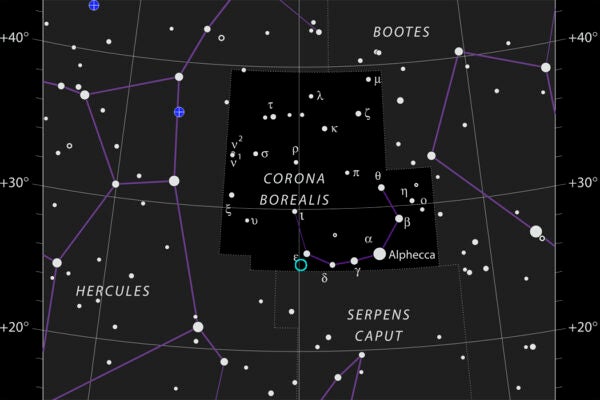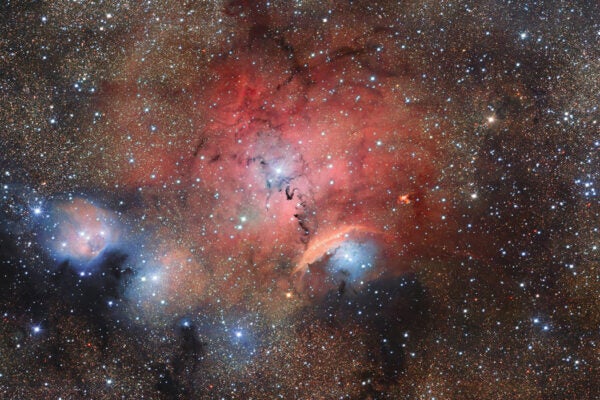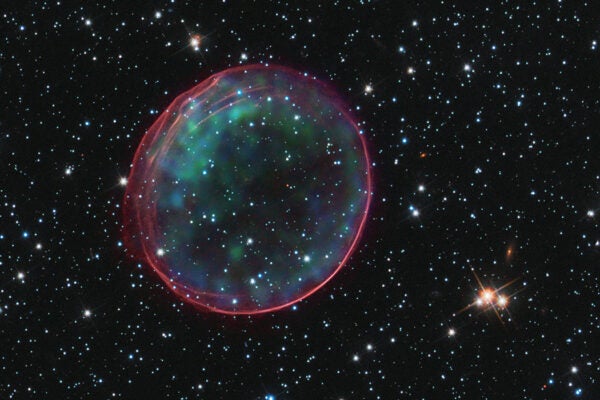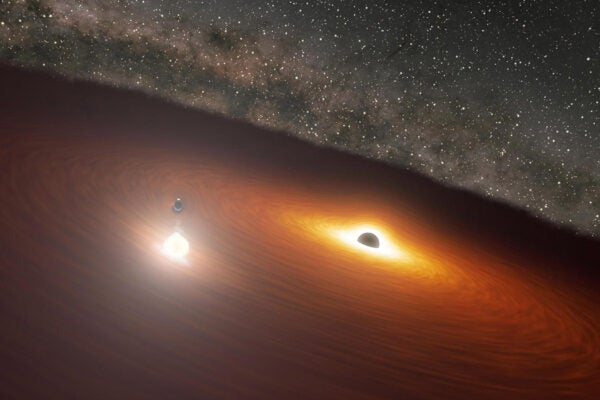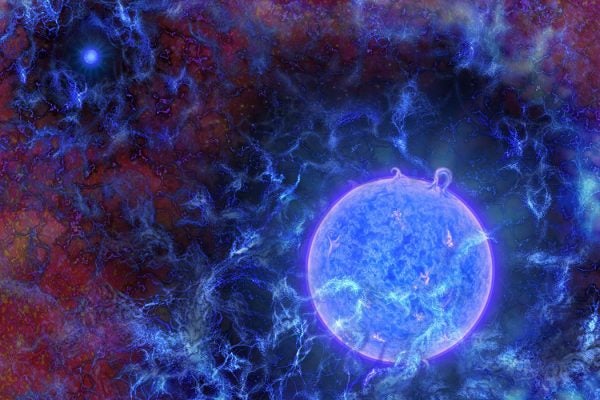John Birmingham’s Discovery of the Blaze Star
John Birmingham discovered T Coronae Borealis in the narrow window when astronomy flourished in nineteenth-century Ireland.
How the Universe Forges Stars from Cosmic Clouds
A deep dive into the chaotic journey of star formation.
Solved: Astronomers Identify Origin of Mysterious Flares in Galaxy OJ 287
In a distant galaxy, a cosmic dance between two supermassive black holes emits periodic flashes of light.
The Real Appeal of Reality Stars
Reality shows bring "ordinary people" into our homes as entertainment, presenting celebrity to us "cafeteria-style."
The Earliest Stars
Astronomers who noticed a slight blip in space's background radiation got an insight not just into the early stars but into the age and nature of the early universe.
A Primer on Neutron Stars
In the far off constellation of Hydra; two neutron stars collided, producing vast clouds of gold and other heavy elements. What's a neutron star anyway?
Sending Tiny Robots to the Nearest Star
A group of astrophysicists think they have found a way to send a probe to the newest star system, Alpha Centauri.
